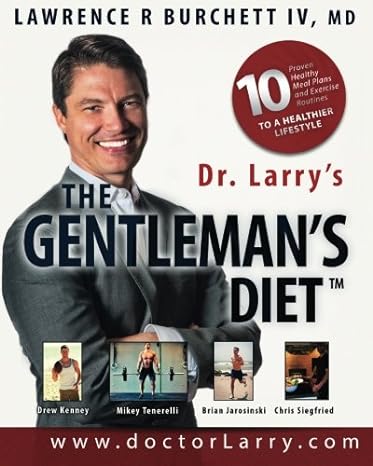From Burnout to Satisfaction: How Refocusing and Reframing Can Help Your Happiness at Work

[cs_content][cs_section bg_color=”hsl(0, 0%, 100%)” parallax=”false” separator_top_type=”none” separator_top_height=”50px” separator_top_angle_point=”50″ separator_bottom_type=”none” separator_bottom_height=”50px” separator_bottom_angle_point=”50″ style=”margin: 0px;padding: 45px 0px;”][cs_row inner_container=”true” marginless_columns=”false” style=”margin: 0px auto;padding: 0px;”][cs_column fade=”false” fade_animation=”in” fade_animation_offset=”45px” fade_duration=”750″ type=”2/3″ style=”padding: 0px;”][x_custom_headline level=”h1″ looks_like=”h1″ accent=”false”]From Burnout to Satisfaction: How Refocus and Reframing Can Help Your Happiness at Work[/x_custom_headline][cs_text]Written by Dr. Larry
[dropcap]R[/dropcap]ead this story. I think you, like most professionals, can take away something about how to be happier and more satisfied at work. None of us wants to feel miserable and tired walking out of the office. How does that happens, and how to fix it? Check this out and tell me what you think.[/cs_text][x_image type=”none” src=”https://doctorlarry.com/wp-content/uploads/2017/10/GettyImages-625738384-1.jpg” alt=”” link=”false” href=”#” title=”” target=”” info=”none” info_place=”top” info_trigger=”hover” info_content=””][cs_text]Dr. Sally was a good doctor by my estimation. She was a chief resident her final year (big honor); she cared about her patients and wanted to do a good job. But I could tell by her body language that at the end of the day, she was spent, exhausted — not exactly the appearance of someone satisfied by the work of the day when leaving the hospital.
So, we talked about it and began to unpack what was going on for her. I asked her to tell me what had been on her mind the last couple days.
Now, at this particular job, she cared for patients in the hospital as a hospital doctor, or hospitalist. That’s different from a general practitioner who sees patients in their office or a surgeon who works in the operating room. Dr. Sally may have 15-18 patients on an average.
That’s 15-18 patients of all kinds, from all walks. Some are kind, appreciative patients, who are compliant with their meds and motivated to live healthy lifestyles. Easy patients. But many are flat-out difficult at our hospital in the ghetto, challenged by drug addiction, unemployment, poverty and little desire to take care of themselves.
As she talked about her last couple days, she talked most about one patient in particular: a very sad and challenging case of a middle-aged woman with advanced breast cancer, homeless with history of drug addiction, whose cancer was so far advanced it had come through her skin and was an infected mass on her chest. She was clearly in a lot of pain but also battling drug addiction at the same time. It is not easy for a doctor to walk the line of adequately treating pain without giving the drug-seeking high that many want from pain meds.
Now my good doctor had spent three times as much time with this patient than her other patients. I’ve been practicing a while longer than she, and by my experienced estimation, she was doing a great job. This was a hard case, but she was doing her best, and one step at a time, finding the right balance of pain medicine to help her patient.
Yet this patient was unhappy, wanted more meds, complained of more pain. As a doctor, it’s hard to tell the difference between pain, which this patient clearly had, and addiction. I would feel bad about neglecting someone’s pain and also feel foolish for being taken advantage of by addiction — this balance is taxing, and these feelings can be emotionally exhausting.
And again, this was one patient. She had probably 15 other patients, many sick with similarly complicated lives.
Here’s the thing: When she walked away from the hospital those nights, what was she focusing on from her day? Of her 15 encounters, which was she filling her mind with, ruminating on, almost obsessing about? Let’s say there were five patients she really helped and felt good about, five she struggled with and couldn’t do as much for, and five in the middle. If you focus on the challenging five every day, how are you going to feel?
Focus matters.
What if she focused on the victories? The five that she helped and did what we all went to medical school for — to make people better. To really heal. To align with those who want to take care of themselves and get better, as opposed to battling with those who act to destroy their bodies and lives on a daily basis in 100 different ways. Connecting with the good moments, the victories, and walking out with that feeling — that feels a whole hell of a lot different than dragging yourself down on the way out focusing on the negatives.
So, that’s focusing on the positive, not the negative, and how it impacts your state.
- No. 1: Start to observe how what you’re thinking about affects your mood and state.
- No.2: Observe your patterns of doing this, like as you walk away from work, what you think about getting in the car, at dinner, etc.
- No. 3: Start making some choices about a) how you want to feel and then b) what you have to think about to feel that way.
Ok, I got a little out of control with the numbers and letters, but you get the idea.

Now, let’s work on another level. Let’s go ahead and play with the challenging case and reframe it.
From my perspective, she did a great job. I was proud to have her as a colleague. It would have been easier to just give the patient what she wanted, let her get high on the pain meds, and move on. But she did the right thing and got in there and fought for what was best for this patient, even though she didn’t feel like she did a good job — because to her, a normal obsessive perfectionist doctor (I am no different), those traits helped her get to where she got. A B+ was never good enough. It’s A to A+ or bust. And A+ means pain is a 0 out of 10 and a happy patient.
Well, I don’t think a drug-addicted patient with a horrible breast cancer mass is ever going to have pain a 0/10, nor is she going to have her hunger for a drug high appeased. That is simply not possible. But we certainly can ease her pain, take it from a 10/10 to a 5/10. And then, every day, revisit this and try to do better — which my colleague did exceptionally well.
Even though she didn’t feel that way.
One strategy is to forget this case when you walk out the door — and that’s an important tool to have because some things we see are downright awful, overwhelming, sad, “Is there a God?” and wrong. And we need to have the gear to let go. Dissociate from the bad ones. Give yourself some space. Do your best, then let it go.
But another way, another strategy, is to feel good about what you did do for the challenging patient. Let go of perfect, of A+. Do your best and feel good about that — even when the pain is 5/10 and the patient isn’t perfectly happy. Knowing that you can continue to do your best again tomorrow.
This is not failure or giving up. It’s actually a damn good job and a perspective that will help you keep coming back for more.
That was the beginning of a process for her: one where as she leaves the hospital, she checks in with how she’s feeling, can fill up with and associate into the good moments, get some distance from the challenging ones and then leave it at work.
Because as she’s walking out of the hospital, I want her to feel like she really is: a great doctor.
I want you to reflect on the following:
- When you go home from work, how do you feel?
- When you go home from work, what makes you feel that way? What makes you feel good? And what makes you feel bad?
- How can you do more of what makes you feel good and less of what makes you feel bad?
- How can you reframe what makes you feel bad into something that makes you feel good?
If you do a good job during the day, as I suspect most of us do, we ought to feel that way.[/cs_text][x_gap size=”50px”][/cs_column][cs_column fade=”false” fade_animation=”in” fade_animation_offset=”45px” fade_duration=”750″ type=”1/3″ style=”padding: 0px;”][x_widget_area sidebar=”sidebar-main” ][x_widget_area sidebar=”ups-sidebar-adoption-services” class=”man”][/cs_column][/cs_row][cs_row inner_container=”true” marginless_columns=”false” style=”margin: 0px auto;padding: 0px 0px 30px;border-style: solid;border-width: 1px;”][cs_column fade=”false” fade_animation=”in” fade_animation_offset=”45px” fade_duration=”750″ type=”1/1″ style=”padding: 0px;”][cs_text]
Featured Content
[/cs_text][/cs_column][/cs_row][/cs_section][cs_section parallax=”false” separator_top_type=”none” separator_top_height=”50px” separator_top_angle_point=”50″ separator_bottom_type=”none” separator_bottom_height=”50px” separator_bottom_angle_point=”50″ style=”margin: 0px;padding: 20px 0px 0px;”][cs_row inner_container=”true” marginless_columns=”false” style=”margin: 0px auto;padding: 0px;”][cs_column fade=”false” fade_animation=”in” fade_animation_offset=”45px” fade_duration=”750″ type=”1/1″ style=”padding: 0px;”][ess_grid alias=”featured_content”][/cs_column][/cs_row][/cs_section][/cs_content]


